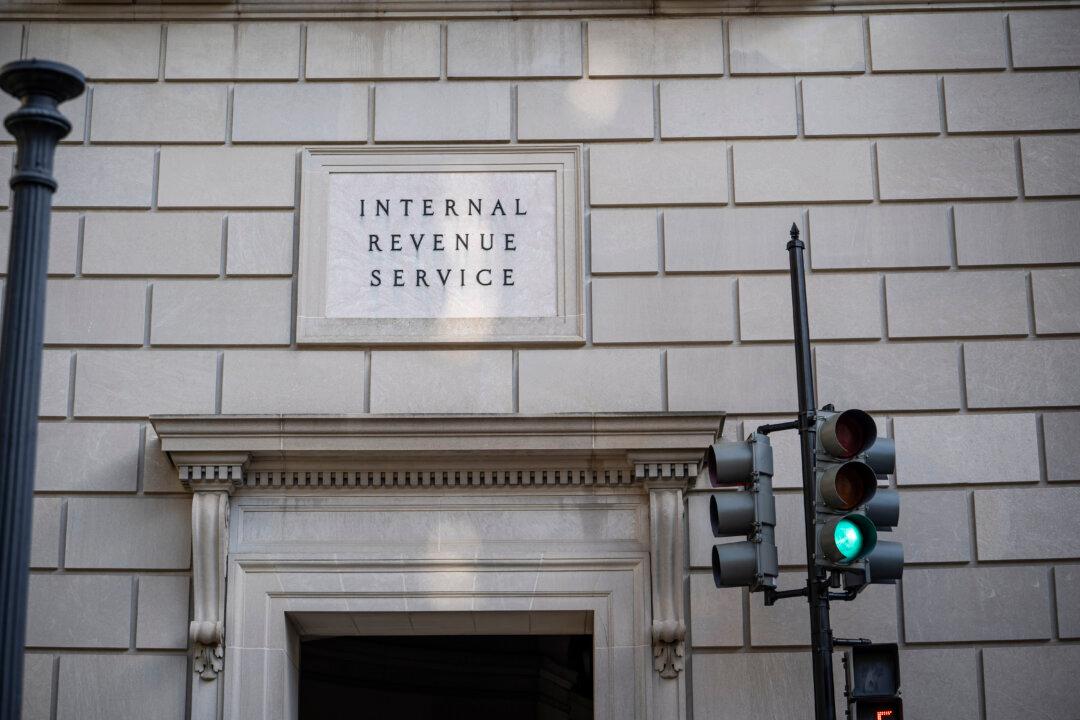U.S. employers added over half a million jobs in October, beating market expectations and painting a picture of labor market recovery on more solid footing than the prior month’s dismal job creation numbers pointed to.
U.S. and European stocks resumed their rally, and the dollar continued gains over major peers, after the jobs data surprised to the upside.
“The October employment report is broadly positive, including a decline in the unemployment rate, and a recovery for payrolls growth,” Bankrate senior economic analyst Mark Hamrick said in an emailed statement to The Epoch Times.
“Along with the solid payrolls number, there were upward revisions for August and September, which were initially disappointing,” he added.
Last month’s jobs report showed a paltry gain of 194,000 jobs, revised up in the current report to 312,000, while August’s 366,000 nonfarm payroll number was revised up to 483,000.
So far this year, monthly job growth has averaged 582,000 and while 18.2 million jobs have been recovered from the stunning losses at the height of the pandemic lockdowns in April 2020, the United States remains 4.2 million jobs down compared to pre-pandemic levels.
Job growth was broad-based last month, with notable gains in leisure and hospitality (164,000), professional and business services (100,000), and manufacturing (60,000).
“We know from other recent data that the rate and number of individuals quitting their jobs have been at record levels,” Hamrick said. “A key question of the day is whether or when will these workers return, helping to address worker supply challenges.”
“Wage growth continues to be robust with a year-over-year gain of 4.9 percent, reflecting the strong demand for workers including in sectors like leisure and hospitality,” Hamrick said.
Average hourly earnings for all employees on private nonfarm payrolls increased by 11 cents to $30.96 in October, following large increases in the prior 6 months, Friday’s jobs report showed.
Still, the high pace of rising prices has capped many of the past months’ wage gains, with inflation rising faster than wages for seven of the past nine months, eroding the purchasing power of American workers.
Real average hourly earnings, which are adjusted for inflation, were in negative territory for each month January through July—with a trough of minus 0.7 percent in March—rising to 0.1 percent in August and 0.2 percent in September.
On an over-the-year basis, from September 2020 to September 2021, real average hourly earnings—which are calculated by subtracting the rate of inflation from average hourly earnings—fell 0.8 percent as consumer price inflation rose 5.4 percent while average hourly earnings rose by 4.6 percent.
“America’s getting back to work, our economy is starting to work for more Americans,” he said.
“Supply chain troubles are not over, but American workers and firms are answering the call, with large jobs gains in transportation, manufacturing, and warehousing,” he added, referring to the supply chain crunch that has contributed to a sharp run up in prices and has sparked fears of shortages of goods ahead of Christmas.





